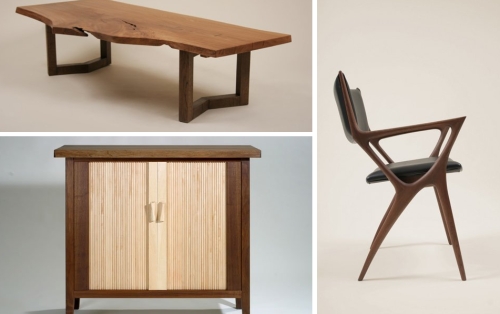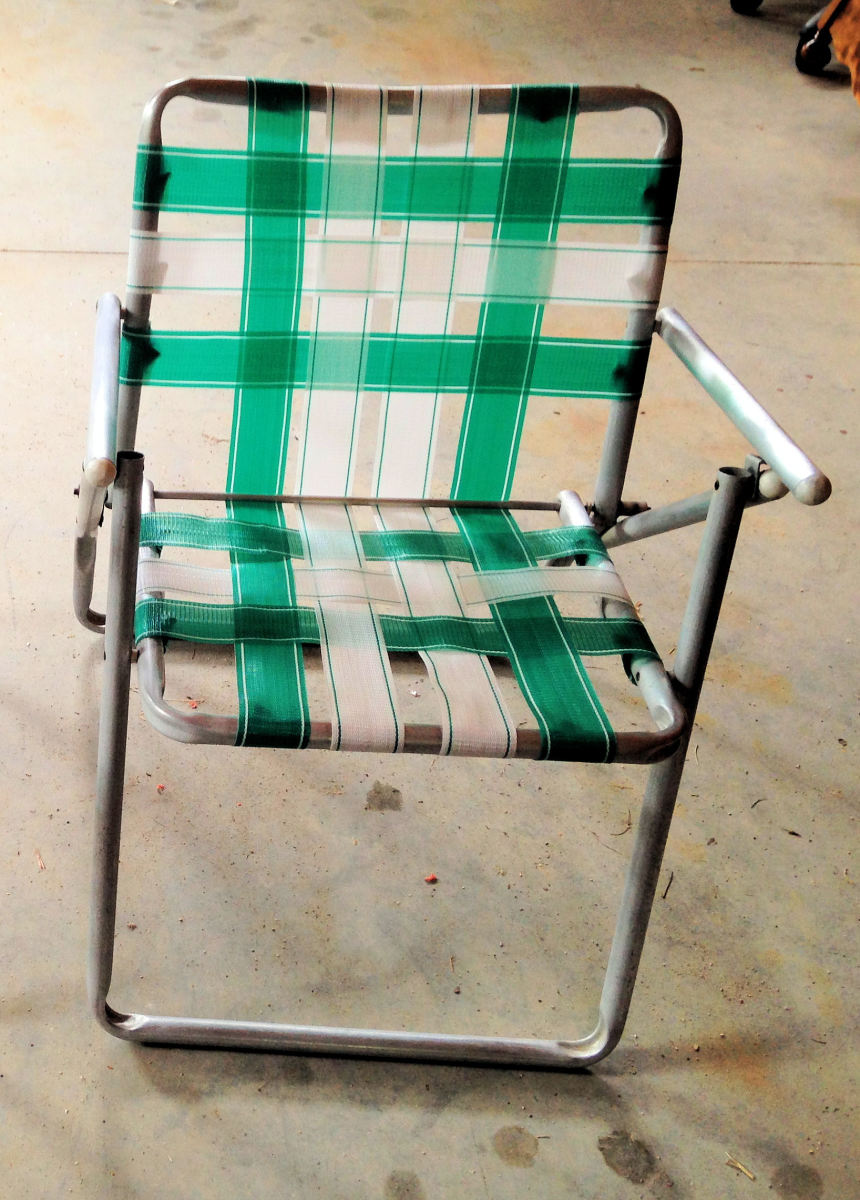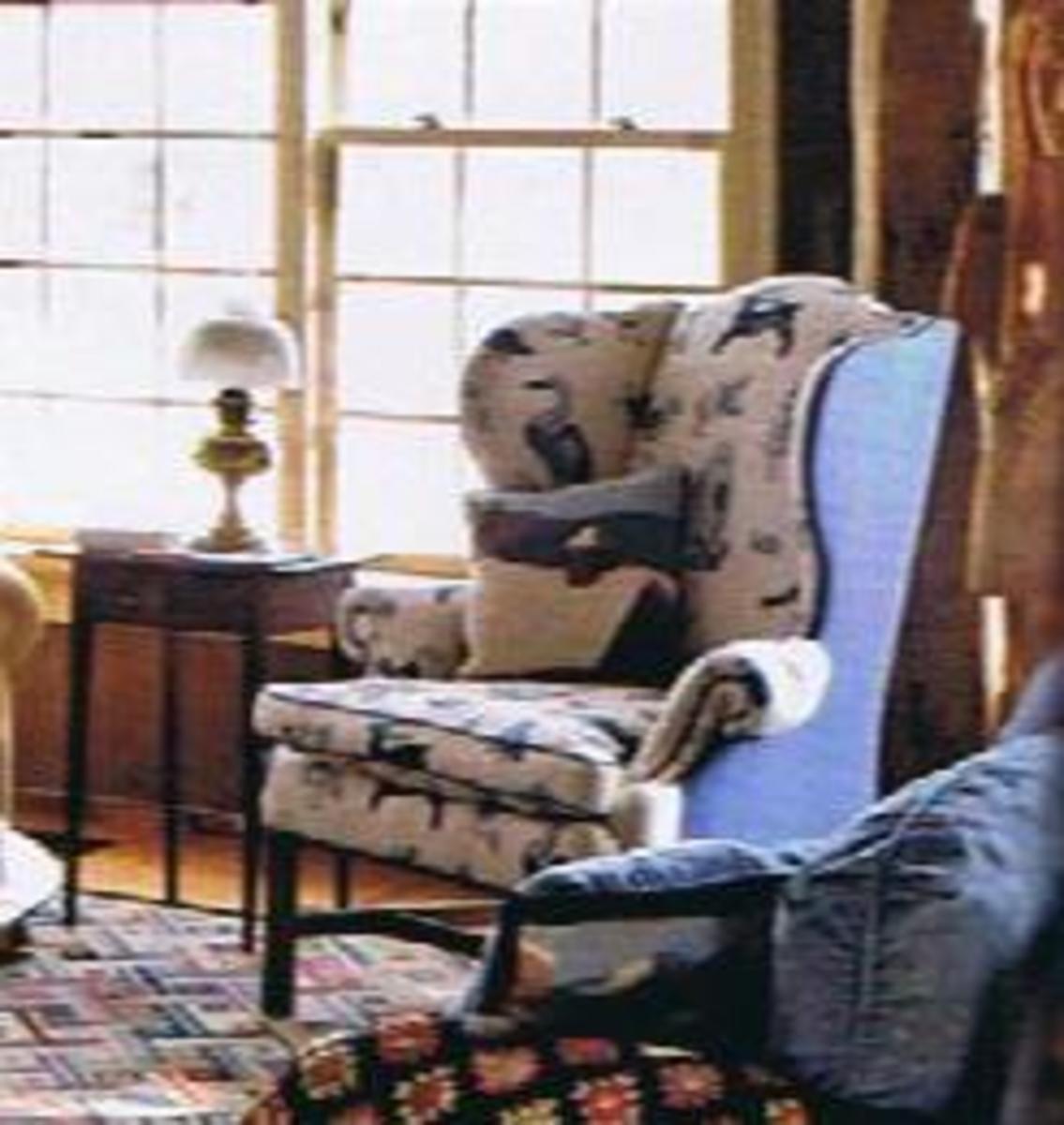Taking Proper Care of your Retro Furniture
A section of furniture, brand new or even older, provides both delight and accountability to their homeowner; the pleasure of possessing some thing with history and a unique character and the task to preserve and care for it.
The standard house is not really a friendly spot for your retro furniture. Dampness and heat change frequently which will bring about wood to bend, knocks as well as scratches really are daily risks, the furniture is touched and carried and simply used. Well-made as they are, collectible and new furnishings should have care.
You should not wait for scratches to take place. Be sure to take preventative steps to protect these and many types of your current belongings - worn out and completely new home furniture, plant life, works of art and books, among other things are often all subject to wear and tear from low wetness, and individual ease and comfort is usually increased through appropriate wetness regulation.
Refrain from positioning your furniture were it is damp. As well as inviting unwanted pests and decay, excessive moisture will spoil polish and relax glues leading to structural weakness. On the other hand, make certain that the surroundings is not to dry. There are often numerous probable courses of action to maintain acceptable relative humidity during the heating time of year. The American Institute for Conservation of Historic and Artistic Works recommend the very least relative dampness of 45% at temperature ranges of 68-72 degrees Fahrenheit. Monitoring ambient temperature and relative humidity in an environment can be done with small, reasonably priced thermometers and hygrometers bought at electronic or equipment outlets. When necessary, the relative dampness could be modified to stay inside of ideal ranges by using humidifiers and dehumidifiers

Light, specifically visible and ultraviolet (UV) light, is relatively detrimental to natural and organic items such as wood. Damage from light is cumulative and permanent. A dining room table top exposed to diffused lighting for numerous a long time may suffer similar results of light damage as a table top exposed to straightforward sunshine for a shorter time. Light provides the energy and increased heat necessary to chemically break down coatings and wood colorants, and in some cases, lead to wood cell structure to break down. Crystal clear surface finishes usually change yellow-colored or opaque in reaction to light, and also the colour of the wood itself could also transform.
Preserving your Old Furniture
Along with proper protection, your household furniture requires regular maintenance. Dust particles normally, as dusting is more crucial than polishing. Vacuum or airborne debris with a soft material. From time to time work with a pad just barely dampened with solvent-based cleaning wax to wipe the surface to grab more dust particles, and promptly wipe with a dried pad or gentle paper towel. It's best not to use squirt waxes and polishes on surfaces as they will certainly leave a higher shine and a little bit of silicone which often may make home furniture refinishing tougher. If the finish is waterproof, a barely dampened towel or wash cloth will pick up dust particles.
Pads, mats and coasters on home furniture, mats under vases, drinking glasses, mugs etc. protect them from leaks and stains, and from heated up objects. You should never use plastic material or rubberized on natural wood surfaces as they may well soften and damage finish. Make use of felt under items arranged on top of furniture that can scratch it.

In no way use aerosol or squirt home furniture polish. This may lead
to an accumulation of silicone which often produces an impervious
surface, blocking the nourishing polish from feeding the exposed wood.
Polish needs to be polish based. The traditional polish contains
Carnauba (which often is organic in origin), paraffin polish and
beeswax. Sometimes polish with composite (carnauba) polish. Rub on a
light coat with a soft cloth with the grain of the wood ( or perhaps set
a lump of wax inside a couple of layers of cheese cloth and apply in to
the wood thus stopping large smudges ); after that buff at once with a
soft cloth, turning often, till the polish covering is hard. (Aged
organic cotton tee-shirts are good.) Be sure all polish is totally
buffed until difficult to avoid smears and streaks. A smaller electrical
polisher is a good "arm saver" on almost all smooth areas; wipe area
softly with clean soft cloth after applying wax to eliminate any kind of
loosened soil and then let set for numerous moments (stick to polish
label instructions) before buffing. An intermittent re-buffing may renew
the soft gloss. Paste polish helps take care of modest splits and
checks in aged surface finishes, and may be easily removed with solvent
when preferred. Polish polishing furnishings should not be carried out
more than once or twice a year. Remove aged polish first using a mild
non-alkaline soap and water solution. Refrain from waxing
urethane-finished furnishings. Waxing these kinds of surfaces causes
them to gather airborne dirt and dust and grime rather than repel it.
Grease
and meal deposits or other these kinds of spots need to be removed by
washing. Never polish over these because this seals in the dirt. Use a
bit of vinegar (a tbsp . in a one half a pint of water). Wet the area
and stroke intensely using a soaked 100 % cotton cloth till all the
tracked in grime is gone and then dry off instantly with a fresh pad.
Tips for Moving your Antique Furniture
Before moving an item of your furniture, look at it for unfastened or broken joinery. Once you have figured out that it is harmless to relocate, eliminate elements such as cabinets, doors and drawers. If doors can not be removed, secure them by locking or covering the case with soft cotton straps. Tables should always be raised by the apron or legs instead of the top part, which usually could possibly detach.
If you have any folding chairs be sure to move them separately as to keep more room for your antique furniture
Chairs should be lifted by the seat side rails rather than from the arms or crest rail. When relocating a large piece, make sure to raise it and not drag it over the floor, as excessive lateral stress on legs and feet can make them shear off or leg joinery to fail. When transporting household furniture in a automobile, place the object on its back or top, not on the legs. If your piece has got a marble top, very carefully lift it off and move or store it vertically, as you would certainly a sheet of glass.






